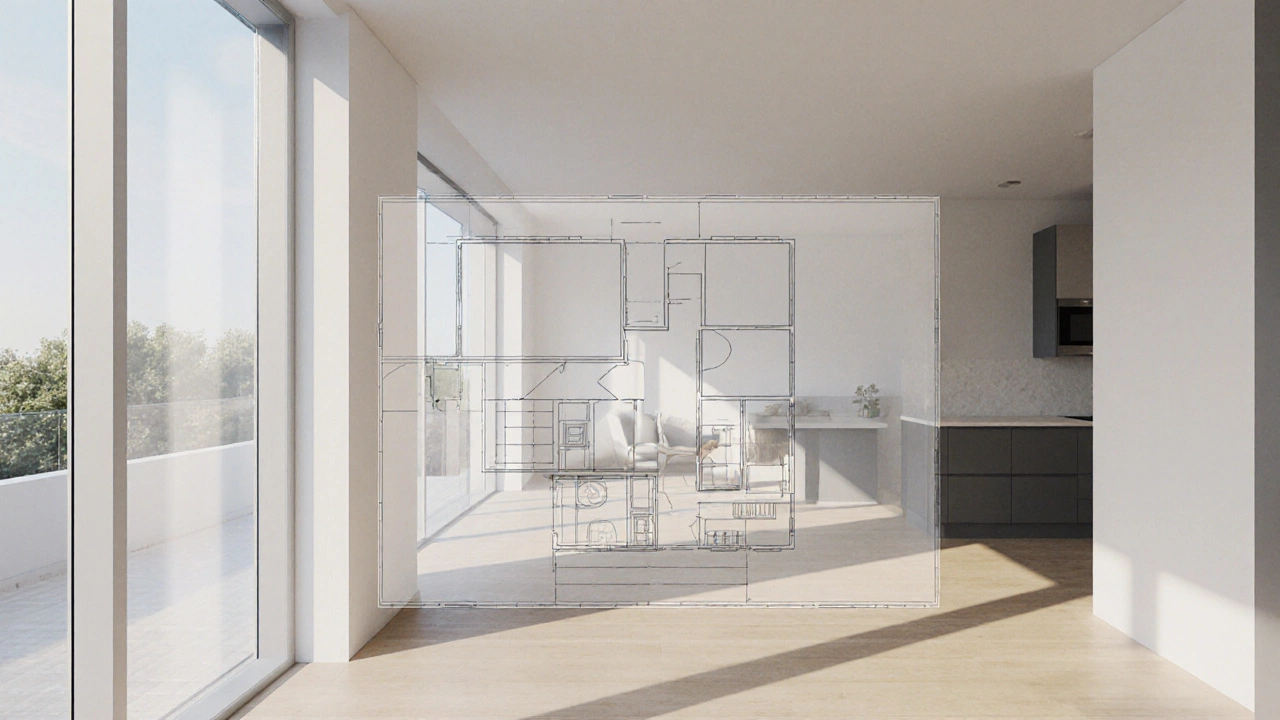Дизайн интерьера квартиры: идеи, планирование и реальное воплощение
дизайн интерьера квартиры, это процесс создания визуального образа и функционального распределения пространства внутри жилья. When you decide to redesign the interior of your apartment, the first question is what exactly this means. It is the art of shaping visual style and functional layout inside a living space. The goal is to make rooms look attractive, feel comfortable, and work efficiently for everyday tasks. To achieve this, you need a clear concept, a set of color palettes, material choices and a plan for furniture placement. All these elements become visible in a дизайн‑проект интерьера, a detailed package of drawings, 3D visualizations and material specifications that shows what the finished space will look like. Without such a project you are left guessing, which often leads to extra costs and delays. The design project also serves as a communication bridge with the подрядчик, the team that performs construction, demolition and finishing works. When the contractor receives clear drawings, they can order the right supplies, schedule the work efficiently and avoid misunderstandings. Therefore, spending time on the project phase pays off later: you get a realistic budget, you know which walls will be moved, and you can visualize lighting effects before a single nail is hammered. If you are looking for inspiration, start with a дизайн интерьера квартиры mood board, collect photos you like, and translate the feeling into concrete choices. This approach keeps the process organized and turns abstract wishes into a concrete plan that everyone involved can follow. Another important aspect is understanding how the design interacts with existing utilities. Plumbing, electrical wiring and ventilation often dictate where you can place kitchens, bathrooms or built‑in wardrobes. A good project will mark all these constraints, so you won’t discover a surprise after demolition starts. Moreover, the project helps you compare different material options. For example, choosing between laminate and hardwood flooring becomes easier when you see a rendered floor plan with true colors. The same applies to wall finishes: matte paint versus textured wallpaper can change the room’s perceived size. By visualizing these choices early, you prevent the common trap of falling in love with a look that later proves impractical or too expensive. In short, the design‑project is the roadmap that guides every subsequent step, from budgeting to execution.
Once the visual plan is ready, the next logical step is to translate it into a смета, a detailed cost estimate that lists all materials, labor expenses and contingency funds. The smeta lets you see how much each design decision costs, and where you can cut without ruining the overall look. For example, if the budget for flooring exceeds the limit, you might switch to a more affordable laminate while keeping the layout unchanged. Experts recommend splitting the smeta into mandatory items, optional upgrades and reserve funds for unexpected issues. This structure gives flexibility: you can add a decorative ceiling later or upgrade kitchen appliances without breaking the overall budget. After the smeta is approved, the project usually needs official согласование дизайн‑проекта, a formal review by local authorities or housing committees that checks compliance with building codes and safety standards. Skipping this step often leads to fines or the need to redo work. The согласование process also influences the timeline, because any required changes must be reflected in both the drawings and the smeta. Therefore, a smooth coordination between designer, contractor and the approving body is crucial. Good communication reduces the risk of last‑minute revisions, keeps the project on schedule and protects your investment. In practice, many homeowners set up a simple checklist: verify that all fire safety distances are respected, ensure that load‑bearing walls are not altered without a structural engineer’s sign‑off, and confirm that plumbing routes match the local utility map. Following this checklist, together with a realistic smeta, creates a solid foundation for the actual renovation work.
Что вы найдёте в подборке статей
В следующих статьях вы получите практические рекомендации, которые помогут пройти каждый из этих этапов без головной боли. Мы рассказали, почему дизайн‑проект важен, как правильно составить смету и какие нюансы согласования стоит учесть. Теперь вы сможете выбрать надёжного подрядчика, спланировать бюджет и уверенно двигаться к желаемому результату. Ниже собранные материалы охватывают цены на клининг после ремонта, чек‑лист вопросов к бригаде, бюджетные расчёты для студий и квартир, а также советы по этикету с дизайнерами. Каждый материал написан простым языком и снабжён реальными примерами, чтобы вы сразу могли применить полученные знания. Погрузитесь в подборку и найдите ответы на самые волнующие вопросы о дизайне интерьера вашей квартиры.

Элементы дизайна интерьера квартиры: полный список
Подробный разбор всех этапов и компонентов дизайна интерьера квартиры: планировка, цвет, мебель, освещение, отделка, текстиль, аксессуары и бюджет.
Подробнее